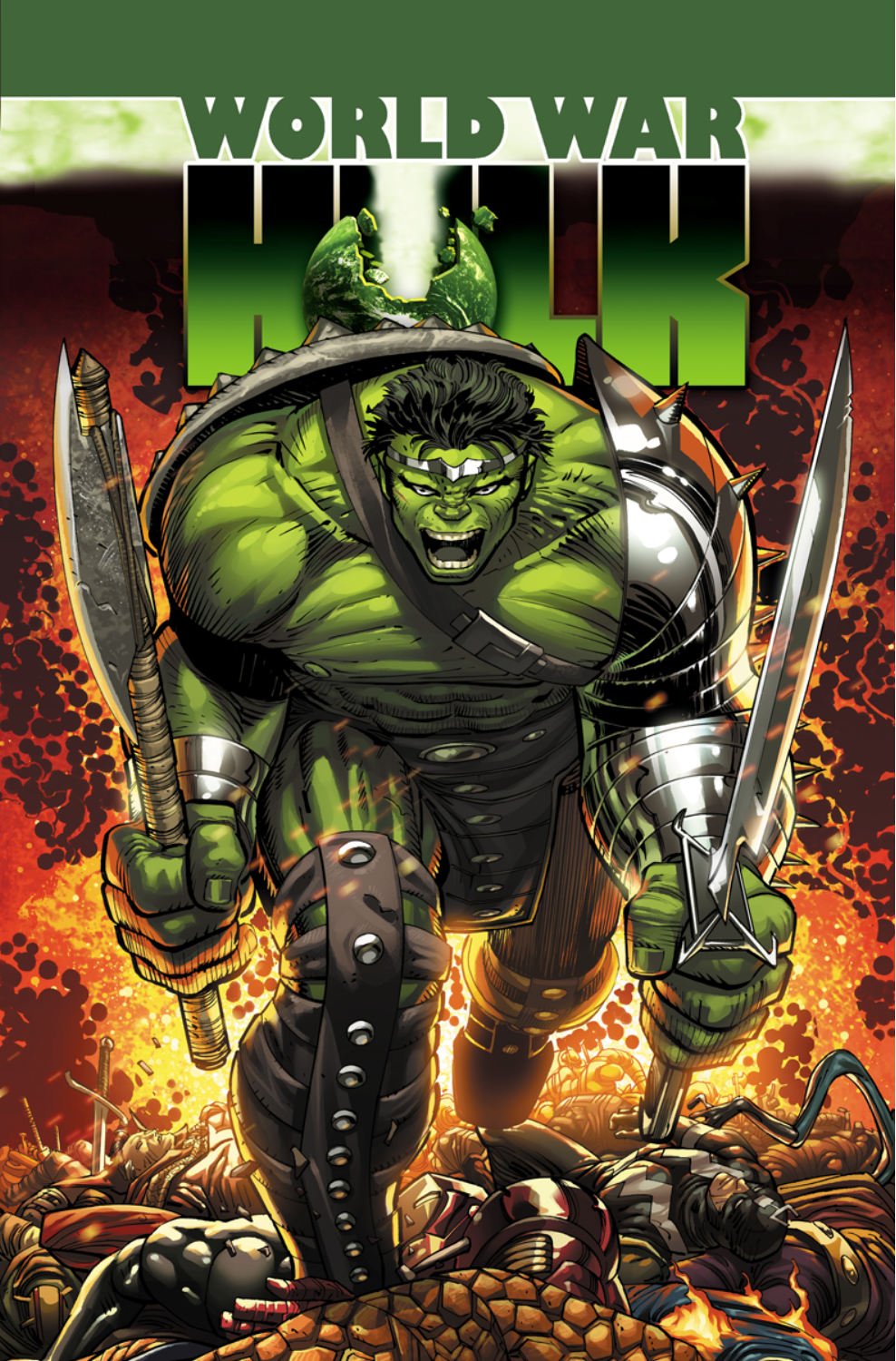Hi there. We've been busier than usual with poetry programming and free comic book day-- pictures coming soon! We've been meaning to introduce you to Daniel Vargas who is kindly filling in for our teammate Anja Kennedy at our Bronx Hope site. Daniel gamely answered a few questions for us so we could introduce you. Without further ado: Daniel Vargas in his own words.
JFS: Can you tell us a little bit about what you were doing before arriving at Passages?
DV: Prior to arriving at passages, I was enjoying being free from a fixed
work schedule for the first time in my life. I was reading a lot of
fiction, spending time outdoors and exploring the real estate field.
JFS: What is your favorite kind of text to read?
DV: From a very early age, I have been partial to fiction. Fiction delves
into virtually all aspects of the human experience which enables fiction
readers to be proficient in non-fiction as well. Besides the pleasure
derived from an intriguing, well-written story, the reader is witness to
the age-old struggle between good and evil from the safety of his
favorite reading space.
JFS: Where is your favorite place to read?
DV: It depends. I favor the dining room table --with my back the wall, to
read the newspaper, correspondence and non-fiction in general. But when
it comes to fiction, I’m partial to the couch in the family room. I
have, on occasion, read a paperback 18 feet above ground, on a tree
stand, waiting for deer to go by.
JFS: What was your favorite book as a teenager?
DV: It’s difficult for me to identify a favorite book. Normally, several
titles come to mind that define a genre or a time. Suffice it to say
that I read a lot of comics and Greek mythology as a teenager. Also, I
remember nights when my whole family listened to readalouds of Mark
Twain’s
Tom Sawyer. I was impacted by
El coronel no tiene quien le
escriba, by Gabriel García Marquez, for I was exposed to a course word
for the first time, in a superbly written story. Later on, I was deeply
touched by Jorge Icaza’s
Huasipungo because of its raw images and strong
stand against injustice.
JFS: What do you like to do for fun when you're not reading?
DV: I love the outdoors. I enjoy camping, fishing and hunting. In the
summer, my wife and I fight for space in our small backyard vegetable
patch.





















